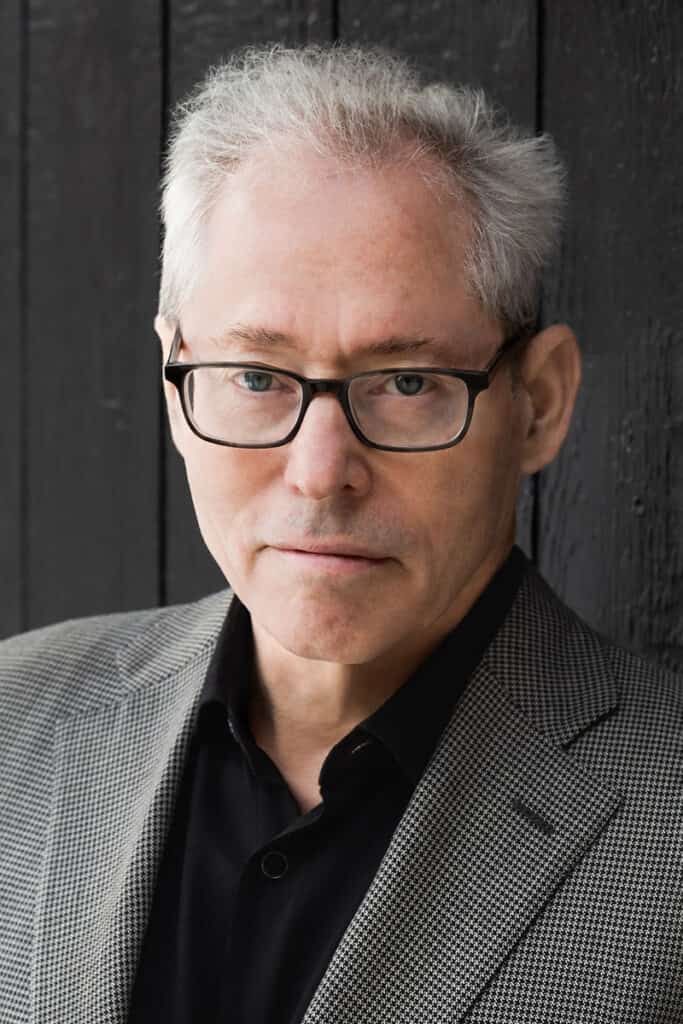
Beirut Station is set in Lebanon in the summer of 2006 against the backdrop of the 34-day Hezbollah-Israel War. The novel is a war story, a love story, but it is also a story about the region’s ancient spirit of revenge, which makes it unintentionally timely in light of the current Gaza conflict. Beirut was the epicenter of Middle East spying after World War II and I evoke the city’s Cold War setting and use it with a light touch as part of the story I build around the 2006 war.
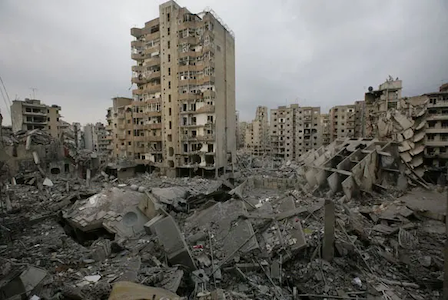
Setting is not just scenery or nice descriptive passages, although an illustrator’s eye for place is part of it. It’s about mood, it’s about things that draw a character to a place, establish the novel’s atmosphere and evoke the story’s imaginary world. Setting uses a city’s past and makes it integral to the present.
Beirut was known as the Paris of the Mediterranean in the middle of the 20th Century, and it was a lively destination for European and Middle Eastern tourists who visited its five-star hotels, pricey French restaurants, nightclubs, casinos, and the palm-lined esplanade that curved along the sea. The city’s openness drew intellectuals from the region’s repressive regimes and it was a listening post for foreign spy agencies who convened in the bar at the St. Georges Hotel to eves drop on each other and plot coups. The hotel was part of the Levantine playboy world of the old Beirut. Journalists went there as did the intelligence officers who cultivated them, meeting at the bar and the baccarat tables. The Cold War had a leisurely warmth in the city’s relaxed Mediterranean milieu.
MI6 made Beirut it’s regional headquarters after the 1951 Suez fiasco and CIA operatives, including Kermit Roosevelt who helped plan the 1953 coup d'état against the democratically elected Iranian Prime Minister, frequented the St. Georges’ bar. Said Aburish, a Lebanese journalist, noted in his book, Beirut Spy, that if Beirut was the center of the Middle East, the St. Georges Hotel was the center of Beirut, and the bar the center of the St. Georges. It was the single spot where Cold War intelligence officers congregated to help, compete with, and undermine each other.
Kim Philby, who’d was exiled from England to Beirut in 1956, was a regular bar patron. He lived a ten-minute walk away in the Christian neighborhood on Rue Kantari. The Cambridge-educated Englishman – thin, immaculately dressed in linen suits, his elbow always cocked with a martini or a cigarette in hand – casually lived out in Beirut the end game of the most audacious treason in the history of espionage.
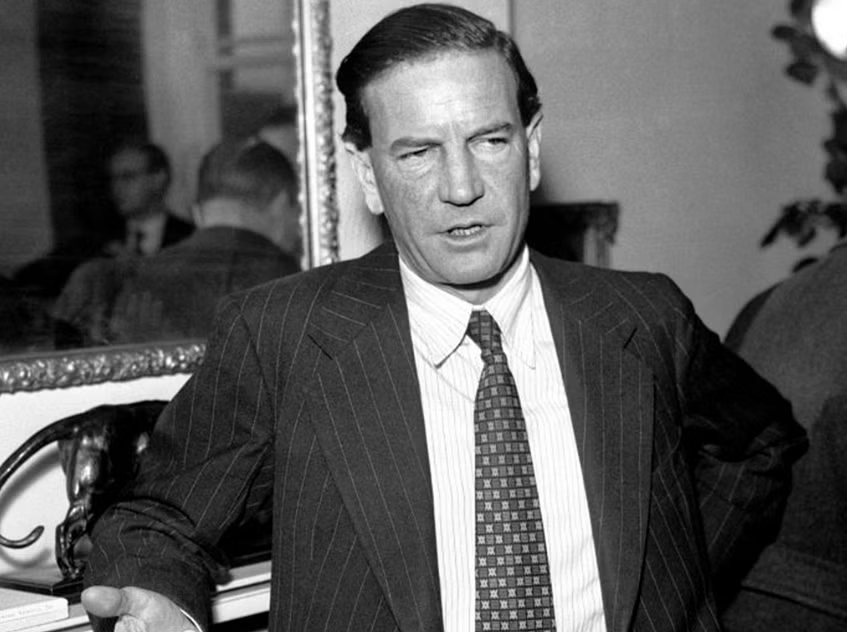
KIM PHILBY
Philby met his third wife, Eleanor, in the bar at the St. Georges Hotel. She was in a failing marriage with the New York Time’s Beirut correspondent and Philby was estranged from his ill second wife, who remained in England. Philby was a journalist for The Economist and The Observer, but he continued to work for MI6, and secretly remained a double agent, providing his KGB handler intelligence he gathered on his excursions through the region.
Eleanor and Kim married after his second wife died, and she moved into his large fifth-floor apartment on Rue Kantari. There was a large, semi-circular balcony shaped like a ship’s brow and from it Philby could see the sea and Beirut’s hills to the east, and he could look down at the three streets that converged, watching for his Russian handler.
It was from the apartment that Philby defected to the Soviet Union on a blustery January day in 1963. He made his way to the St. Georges Hotel bar in the afternoon, had his usual round of drinks, and called home to inform Eleanor that he’d be late to the dinner party they were attending that night. He made his way to Beirut harbor where he boarded a Russian trawler and disappeared until he sent word to Eleanor that he was in Moscow.
Philby’s defection from Beirut has become part of the lore of the Cold War and is recounted in several books and essays, including Ben Macintyre’s A Spy Among Friends, James Hanning’s Love and Deception: Philby in Beirut, Tom Carver’s “Philby in Beirut” (London Review of Books), and Michael Young and Mohanad Hage Ali’s “What Remains of Kim Philby’s Beirut.” Traitor Philby escaped to Moscow just as MI6 was closing a second noose around his neck, and some speculate that he was allowed to escape rather than be extradited for a trial in London that would greatly embarrass MI6.
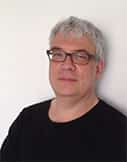
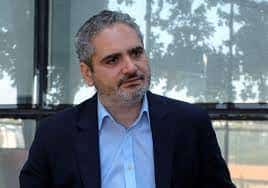
Michael Young and Mohanad Hage Ali
Michael Young and Mohanad Hage Ali, along with other journalists, have investigated Philby’s movements in his last days in Beirut, and several years ago they tracked down his apartment on Rue Kantari. They were able to enter after contacting the building’s owner. In Philby’s day, the building was surrounded by beautiful Ottoman-era family palaces that were later damaged in the country’s long civil war. The building remained boarded up, even years later, and they found Philby’s apartment vacant and suffering water damage and neglect. It had not been lived in since Eleanor left. The rooms were bare, except the kitchen with its sink and a non-functioning toilet. From the semi-circular balcony, Young and Ali looked out at Beirut and imagined what Philby saw. They tried to inhabit Philby’s mind on his last day – the route he took, contact he’d made with his handler, and the big lie he lived with his wife. Stress, fear, and depression expressed in his excessive drinking.
By 2006, the year my novel takes place, the Cold War was over and the peaceful co-existence of Sunni, Shite, Druze, and Christians in Beirut had been shattered by a long civil war, and further damaged by the rise of Syrian and Iranian-backed militia antagonistic to Israel. My novel embraces Lebanon’s current political realities, but I also evoke the lost world of Philby’s Cold War Beirut – its intrigues, its tragedy, and the flow between person and place. As William Faulkner famously said: “The past is never dead. It’s not even past.”
Philby’s Beirut casts a deep shadow over characters in the novel. The St. Georges Hotel has been closed for years due to a property dispute, but the grounds have a poolside bar and there is a marina. Philby’s apartment sits empty and unvisited except for the occasional journalist who stands at the balcony trying to summon what was in Philby’s mind as he looked down on Rue Kantari, calculating his escape. Both locations appear in my novel – the empty apartment a safe house and the poolside bar a rendezvous point. I honor the city’s Cold War history by giving the past a little bit of life.
Michael Young and Mohanad Hage Ali searched for the lost Beirut of the 1960s and discovered more often than not that nothing remained, or was in ruins. The old Beirut was more a thing of the imagination than a reality. They wrote: “The fantasy of Beirut is what is most enduring in a city that, like most cities, is built on illusion.”
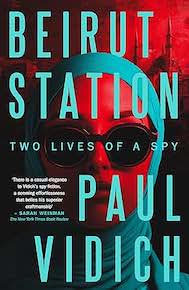
No Exit Press (4 Jan. 2024)
This is an outstanding thriller that has its roots sunk deep in a conflict that has shaped modern history and, as this story shows, touched and too often damaged countless individual lives.
Read the rest of SHOTS’ review by Adam Colclough